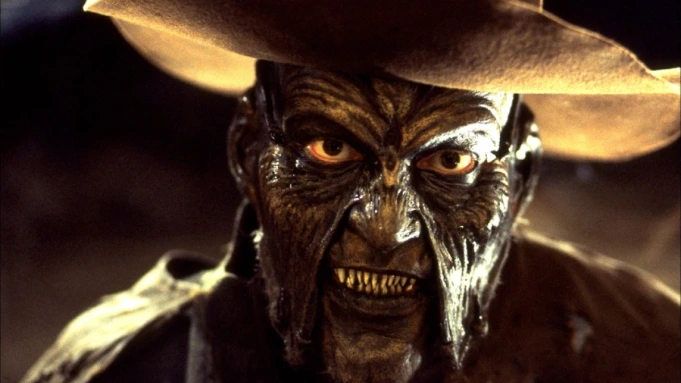"Der Ritter": The Slenderman Myth
- Sage and Ghost
- Oct 26, 2022
- 2 min read

Der Ritter, or “The Knight” in German, is a 16th century woodcut depicting what is presumed to be the first sighting of Slenderman. According to the Slender Nation wikipedia, the woodcut is said to derive from an old German folktale called “Die Geschichte des Ritters” or “The Tale of the Great and Noble Knight” and the spindly creature is referred to as Der Namenlose (The Unnamable One).
According to the myth, a knight is appointed by the church to seek out a great evil terrorizing local villagers by stealing their children away in the night. The knight is then given a holy sword “fallen from the stars themselves” and sent on his way to slay the evil being. The site also says that the weapon is theorized to be made from the materials where Der Namenlose originated and is the only thing capable of killing it.

The knight and the creature battled each other, and the knight was successfully able to injure it, but the creature did not bleed. Instead, the open wound was filled with “a strange void” rather than any muscle, bone, or flesh. The knight realized it had exposed a vulnerable piece of the creature. Before he could attack and kill it, however, the beast vanished. In its place stood a wounded child, which the knight then adopted as his own son.
Looking further into “The Tale of the Great and Noble Knight” anywhere else only leads to associations with the Slender Nation Wikipedia article, so it can be presumed that the Slender Nation site is the only source of this tale. Furthermore, searching for “Der Ritter” showcases that same woodcut countless times over. From this, we can easily deduce that this woodcut and the story were fabricated to create a supposed origin of Slenderman.
So, what of the original woodcut?

Though “Der Ritter” is the original title of the piece, and it does have German origin dating back to 1526, it was created by a man named Hans Holbein the Younger. The evil creature that the knight is seen fighting is actually a skeleton, which had its face edited in the Slender Nation version. The woodcut is part of a series of artworks labeled “Dance of Death” which articulate both the inevitability and universality of death. A description of “Der Ritter” reads, “after escaping the perils in his numerous combats, he is vanquished by Death, whom he ineffectually resists”. Other works within the series are “The Child”, “The Emperor”, and “The Pope”, all showcasing skeletons with people to show that they cannot escape Death.
While the Slenderman myth may be scary, the inevitable nature of death implied within the original works of Hans Holbein prove more terrifying than the edit. The signs of death are everywhere, and neither a common man nor an aristocrat can change that fact. From children to emperors, death will always come in countless different ways.
Sources:







Comments